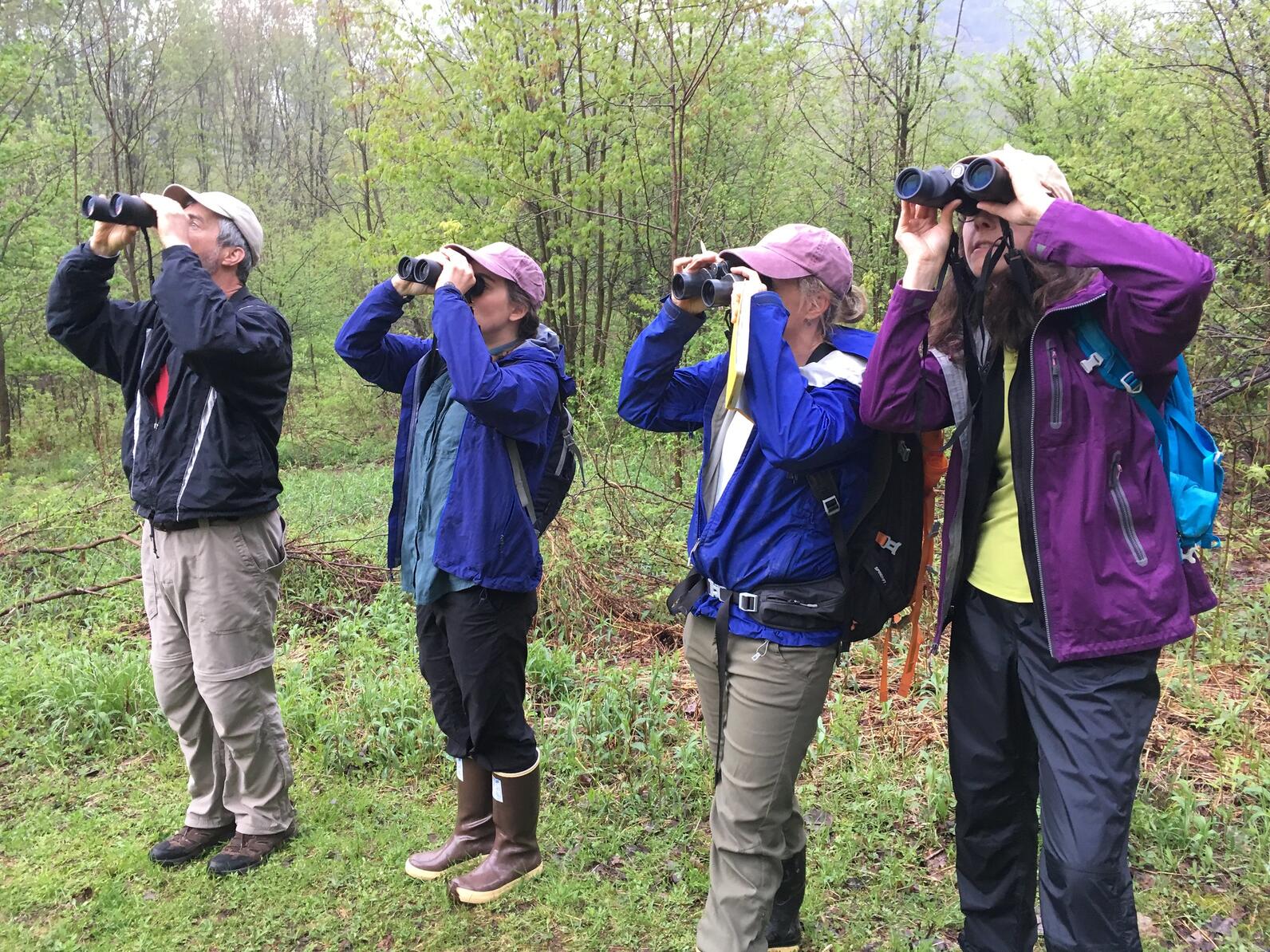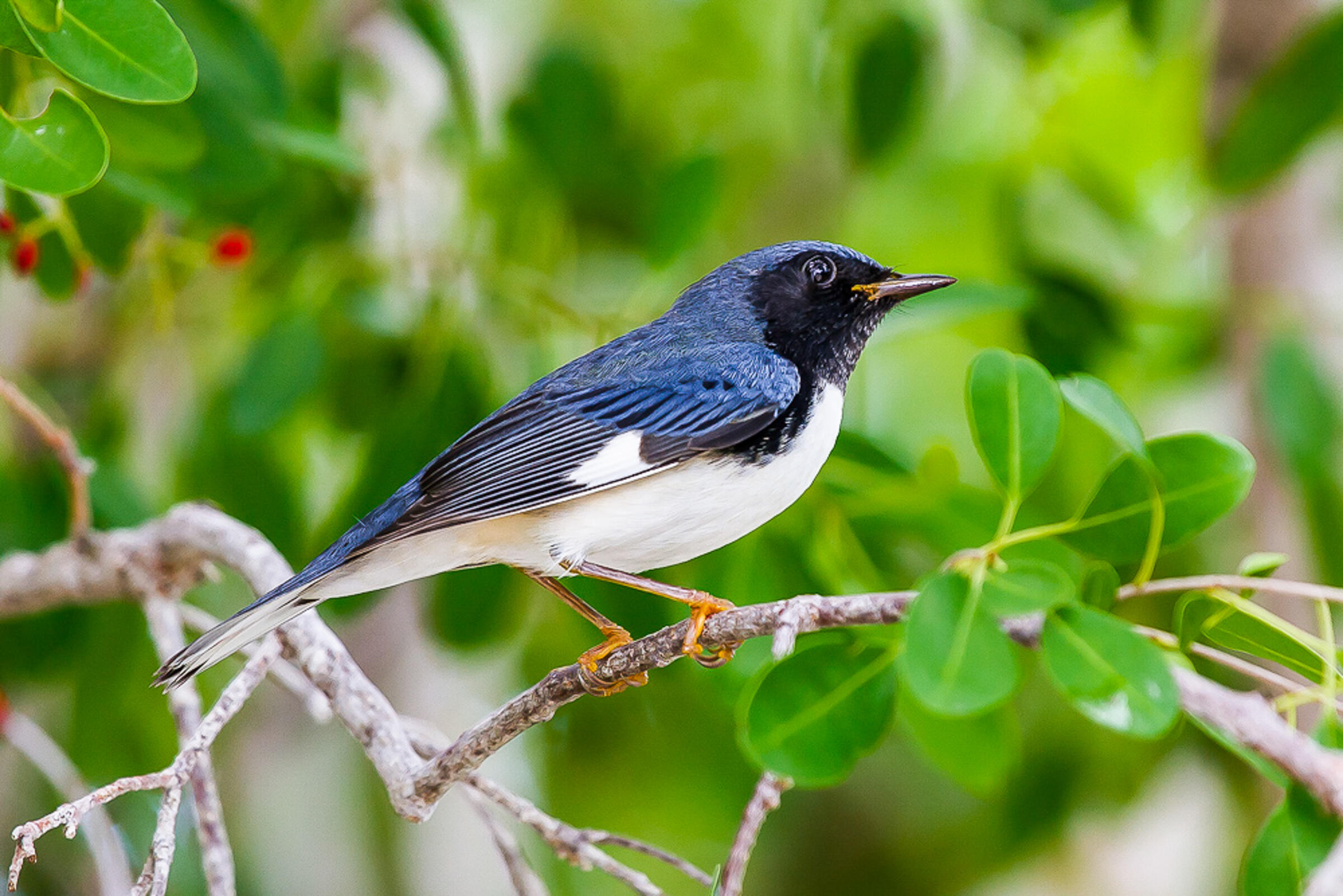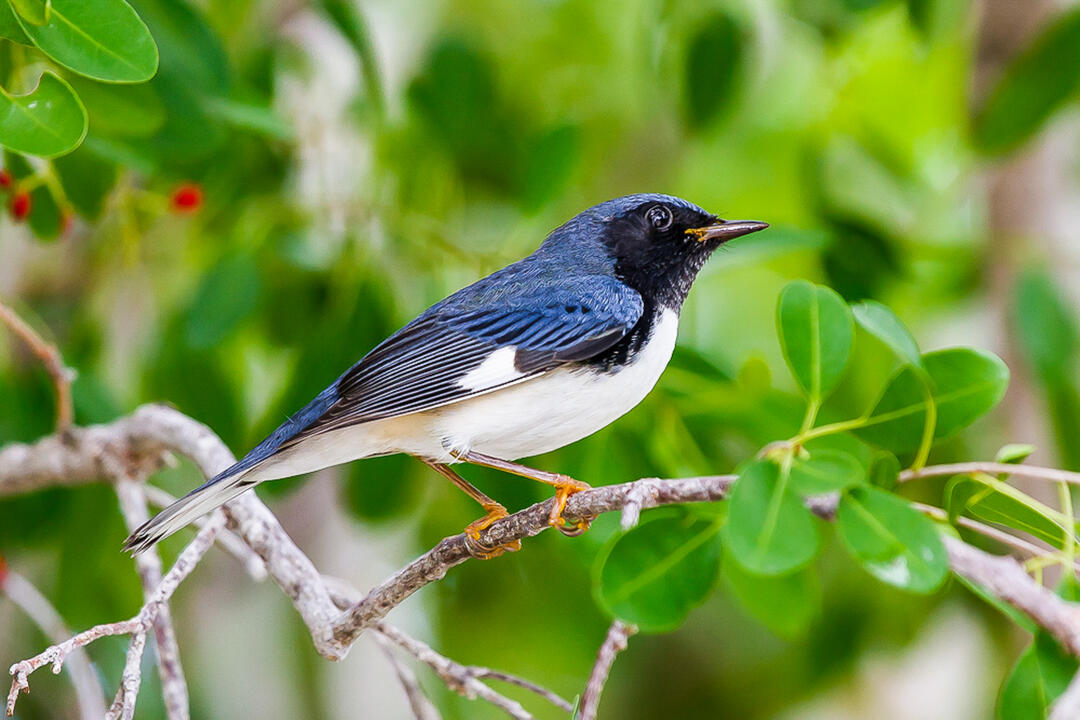FOR IMMEDIATE RELEASE
HUNTINGTON, VT (December 9, 2021)
Authors: David Mears and Steve Hagenbuch
Audubon Vermont supports the plan recently released by the Vermont Department of Forests, Parks and Recreation (FPR) for the protection and management of the Camel’s Hump State Forest and State Park as well as the Robbins Mountain and Huntington Gap Wildlife Management areas. Appropriately, given the importance of Camel’s Hump and surrounding lands to the Vermont public, the plan was developed through an extensive and transparent public process, providing the opportunity for scientists, advocates, and the general public to comment. Audubon Vermont provided comments during this period.
Birders and the public will be delighted to know that this plan balances many priorities, including hiking and outdoor recreation, climate mitigation, habitat conservation, and forest products. In this way, the plan is a good example of how public land managers can integrate bird habitat protection while balancing a variety of potentially competing objectives.
The land surrounding Camel’s Hump is one of the most important forest blocks in the Atlantic Bird Flyway and provides habitat for many important bird species, including the Bicknell’s Thrush, Canada Warbler, Chestnut-sided Warbler and Black-throated Blue Warbler. Peregrine Falcons are known to nest on the cliffs of Camel’s Hump and anyone hiking in and around the State Forest or Park in the spring or summer can delight in hearing the flutelike melodies of the Hermit Thrush and Wood Thrush, perhaps even the elusive Bicknell’s Thrush. All of these species are at risk of significant declines due to habitat loss and degradation and climate change. By protecting Camel’s Hump and the surrounding land, the State of Vermont is providing a critical strategy for protecting these migratory birds while they spend their nesting season in the Green Mountain State. These same strategies for protecting and enhancing bird habitat are also proven to increase the forests’ adaptability and resilience in the face of a changing climate.
We are especially pleased to see that FPR referenced Audubon Vermont’s Foresters for the Birds program and utilized our Silviculture with Birds in Mind recommendations in the plan. The State has intentionally referenced these science-based guidelines to develop a management plan that mimics natural disturbances and provides a variety of different bird habitat types. The approach taken in the planning of timber harvests is consistent with Audubon Vermont’s public comments to the plan. It will result in a structurally diverse forest that provides vital habitat for birds requiring both mature and young forest conditions for nesting.
We also appreciate that FPR considered the importance of maintaining and improving opportunities for outdoor recreation. Birders across Vermont and beyond flock to the Camel’s Hump area to observe the wide diversity of birds present. Having a thoughtfully designed trail system is vital to the observation of wildlife, including birds. The State’s plan places any new trails in areas that already have some associated recreational use and avoids or minimizes impacts on wildlife and sensitive ecological features. Similarly, the plan considers potential future impacts of rock climbing in sensitive cliff areas which may be occupied by nesting Peregrine Falcons and Common Ravens.
We are lucky to live in a State that recognizes the importance of protecting our forests and natural lands. We are also fortunate to have a dedicated group of scientists and land managers at the Vermont Agency of Natural Resources with the expertise to make decisions grounded in science, while also committed to a robust public process. We look forward to seeing you on the trails – and don’t forget to bring your binoculars!
###
Press Contact:
David Mears
Executive Director of Audubon Vermont and Vice President of the National Audubon Society
Audubon Vermont
(802) 434-3006
About Audubon Vermont: Audubon Vermont is a state office of the National Audubon Society, an organization committed to protecting birds and the places they need, today and tomorrow. Audubon works across Vermont using science, advocacy, education, and on-the-ground conservation. Our programs, members, chapters, and partners give Audubon an unparalleled wingspan that informs, inspires, and unites diverse communities in conservation action. Audubon believes in a world in which people and wildlife thrive.
Learn more at https://vt.audubon.org and follow us on Facebook and Instagram.














